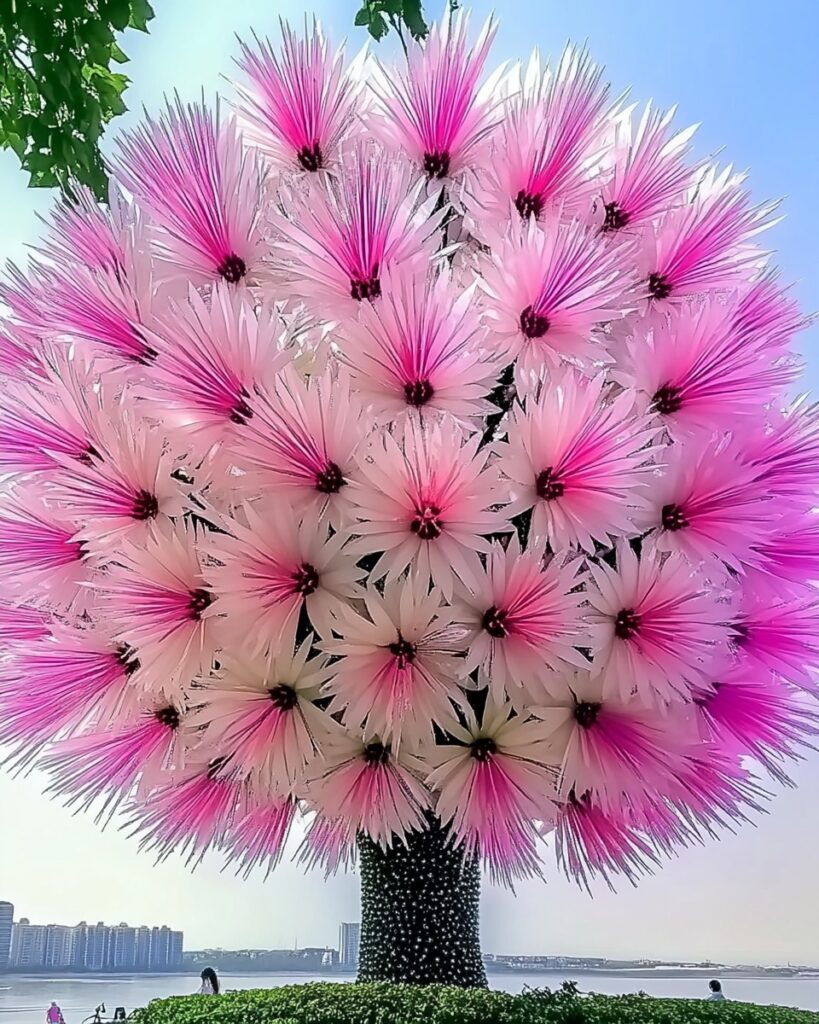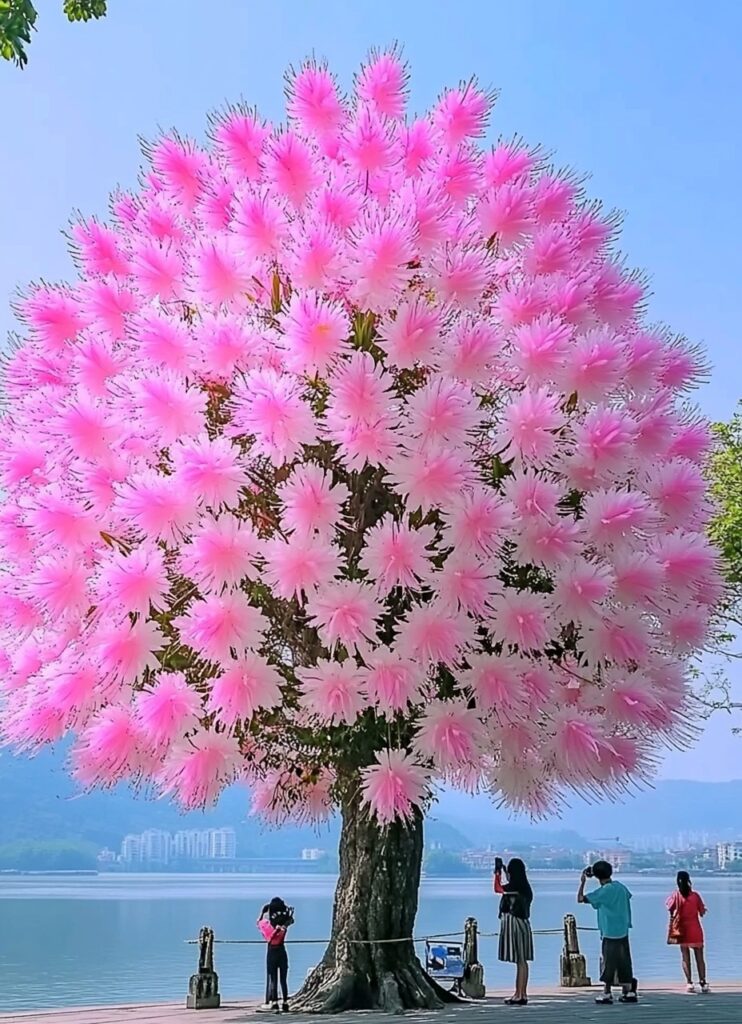The Dragon Tree Flower, born from the fascinating Dracaena cinnabari—commonly known as the Socotra dragon tree or dragon blood tree—is a botanical marvel that adds ethereal beauty and allure to its native environment, the isolated Socotra archipelago in Yemen. This remarkable tree has intrigued botanists and plant enthusiasts alike, not only for its unique appearance but also for the implications it bears in ecology, culture, and aesthetic appreciation.

The Enigma of the Dragon Blood Tree
The Dracaena cinnabari is renowned for its distinctive appearance: an umbrella-shaped canopy that hosts clusters of white and pink flowers, creating a stunning visual spectacle against the stark, arid landscape of Socotra. These tree flowers appear almost magical, reminiscent of nature’s artistry, where flora transcends mere functionality and enters the realm of beauty. The juxtaposition of these elegant blooms against the raw terrain hints at a greater narrative about resilience and adaptation in the face of environmental challenges .
Cultural Significance
Historically, the resin derived from the Dracaena cinnabari, referred to as dragon’s blood, was highly sought after and utilized in various applications—from traditional medicine to dye and incense. This connection to human culture raises captivating questions about how ecosystems and biodiversity can significantly influence cultural practices and economies. Imagine ancient traders transporting the vibrant red resin to far-off lands, bridging cultures and tying together disparate societies through a singular object of beauty and utility. The ecological marvel, therefore, serves as more than just a plant; it acts as a vessel for intercultural exchange throughout history.

A Nod to Biodiversity and Conservation
In today’s increasingly interconnected world, understanding the ecological role of the dragon blood tree becomes ever more significant. As a species endemic to Socotra, the dragon tree contributes greatly to the island’s unique biodiversity. Its presence ensures the sustenance of various life forms, creating a web of interdependence among plants, insects, and animals. However, this delicate balance is vulnerable to threats such as climate change and habitat destruction. The very act of admiring these flowers invokes a call to action in the context of conservation efforts, highlighting the responsibility we share in preserving such wonders. Consider, for instance, how increased tourism around the aesthetic appeal of these trees could promote both awareness and protective measures, potentially injecting new life into local economies while safeguarding natural treasures .
The Aesthetic Experience
Experiencing the blooms of Dracaena cinnabari can evoke feelings similar to viewing a masterfully painted canvas in a gallery. The vibrant colors mingle to create a breathtaking spectacle, igniting appreciation for nature’s artistry. Many might feel compelled to ponder the intersectionality of aesthetics and emotion, mirroring how art can inspire and provoke introspection. In this light, the dragon flowers not only serve a biological purpose but also become catalysts for reflection on our place within the ecosystem—a reminder of both beauty and fragility .

Planting New Ideas
Plant enthusiasts and gardeners who are inspired by the magnificent form and structure of the dragon blood tree may wish to replicate its essence within their own spaces. If they recognize the importance of context and symbiosis inherent to this species, they can consciously attempt to cultivate environments that reflect such interconnections. By connecting personal aesthetics with broader ecological systems, cultivators actively engage in a dialogue with nature, fostering appreciation, awareness, and commitment to maintaining the vibrant tapestry of life on our planet.
By analyzing the multifaceted aspects surrounding the Dragon Tree Flower, we unveil layers of ecological importance, cultural significance, and aesthetic wonder. Each bloom serves as a vivid reminder of nature’s ingenuity and the lessons we must embrace in our pursuit of sustainability and harmony.




